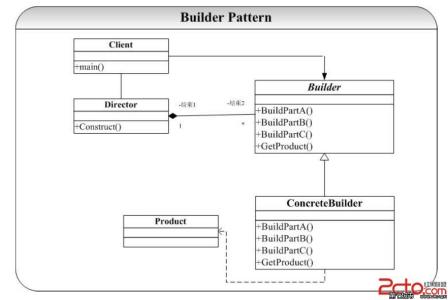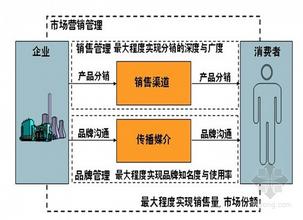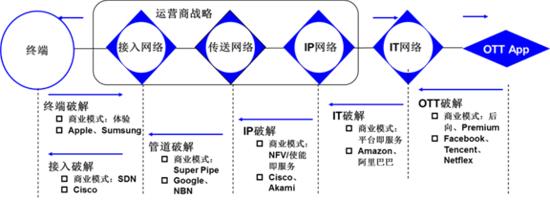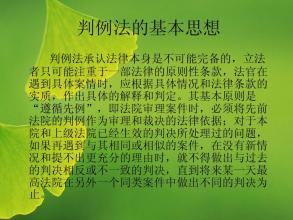原型模式是一种创建型设计模式,通过将一个原型对象传给那个要发动创建的对象,这个要发动创建的对象通过请求原型对象拷贝它们自己来实施创建。
原型模式_原型模式 -基本内容
用原型实例指定创建对象的种类,并且通过拷贝这些原型创建新的对象。
Prototype原型模式是一种创建型设计模式,Prototype模式允许一个对象再创建另外一个可定制的对象,根本无需知道任何如何创建的细节,工作原理是:通过将一个原型对象传给那个要发动创建的对象,这个要发动创建的对象通过请求原型对象拷贝它们自己来实施创建。
它主要面对的问题是:"某些结构复杂的对象"的创建工作;由于需求的变化,这些对象经常面临着剧烈的变化,但是他们却拥有比较稳定一致的接口。
因为Java中的提供clone()方法来实现对象的克隆,所以Prototype模式实现一下子变得很简单.
以勺子为例:
public abstract class AbstractSpoon implements Cloneable
{
String spoonName;
public void setSpoonName(String spoonName) {this.spoonName = spoonName;}
public String getSpoonName() {return this.spoonName;}
public Object clone()
{
Object object = null;
try {
object = super.clone();
} catch (CloneNotSupportedException exception) {
System.err.println("AbstractSpoon is not Cloneable");
}
return object;
}
}
有两个具体实现(ConcretePrototype):
public class SoupSpoon extends AbstractSpoon
{
public SoupSpoon()
{
setSpoonName("Soup Spoon");
}
}
调用Prototype模式很简单:
AbstractSpoon spoon = new SoupSpoon();
AbstractSpoon spoon = new SaladSpoon();
当然也可以结合工厂模式来创建AbstractSpoon实例。
在Java中Prototype模式变成clone()方法的使用,由于Java的纯洁的面向对象特性,使得在Java中使用设计模式变得很自然,两者已经几乎是浑然一体了。这反映在很多模式上,如Iterator遍历模式。
客户(Client)角色:客户端类向原型管理器提出创建对象的请求。
抽象原型(Prototype)角色:这是一个抽象角色,通常由一个C#接口或抽象类实现。此角色给出所有的具体原型类所需的接口。在C#中,抽象原型角色通常实现了ICloneable接口。
具体原型(Concrete Prototype)角色:被复制的对象。此角色需要实现抽象的原型角色所要求的接口。
原型管理器(Prototype Manager)角色:创建具体原型类的对象,并记录每一个被创建的对象。
代码实现如下:
/ CplusplusPrototype.cpp : Defines the entry point for the console application.
//
#include "stdafx.h"
#include
#include
#include
usingnamespace std;
//父类
class Resume
{
protected:
char *name;
public:
Resume() {}
virtual ~Resume() {}
virtual Resume* Clone() { return NULL; }
virtualvoid Set(char *n) {}
virtualvoid Show() {}
};
class ResumeA : public Resume
{
public:
ResumeA(constchar *str); //构造函数
ResumeA(const ResumeA &r); //拷贝构造函数
~ResumeA(); //析构函数
ResumeA* Clone(); //克隆,关键所在
void Show(); //显示内容
};
ResumeA::ResumeA(constchar *str)
{
if(str == NULL) {
name = newchar;
name = '�';
}
else {
name = newchar[strlen(str)+1];
strcpy(name, str);
}
}
ResumeA::~ResumeA() { delete [] name;}
ResumeA::ResumeA(const ResumeA &r) {
name = newchar[strlen(r.name)+1];
strcpy(name, r.name);
}
ResumeA* ResumeA::Clone() {
returnnew ResumeA(*this);
}
void ResumeA::Show() {
cout
}
class ResumeB : public Resume
{
public:
ResumeB(constchar *str); //构造函数
ResumeB(const ResumeB &r); //拷贝构造函数
~ResumeB(); //析构函数
ResumeB* Clone(); //克隆,关键所在
void Show(); //显示内容
};
ResumeB::ResumeB(constchar *str)
{
if(str == NULL) {
name = newchar;
name = '�';
}
else {
name = newchar[strlen(str)+1];
strcpy(name, str);
}
}
ResumeB::~ResumeB() { delete [] name;}
ResumeB::ResumeB(const ResumeB &r) {
name = newchar[strlen(r.name)+1];
strcpy(name, r.name);
}
ResumeB* ResumeB::Clone() {
returnnew ResumeB(*this);
}
void ResumeB::Show() {
cout
}
class ResumeManager
{
private:
vectormResume;
public:
ResumeManager()
{
}
void add(Resume * resume)
{
mResume.push_back(resume);
}
Resume * get(int index) const
{
assert(index>=0 && index
return mResume[index];
}
};
int _tmain(int argc, _TCHAR* argv[])
{
ResumeManager *manager = new ResumeManager();
Resume *r1 = new ResumeA("A");
Resume *r2 = new ResumeB("B");
manager->add(r1);
manager->add(r2);
manager->get(0)->Show();
manager->get(1)->Show();
Resume *r3 = manager->get(0)->Clone();
Resume *r4 = manager->get(1)->Clone();
//删除r1,r2

delete r1; delete r2;
r1 = r2 = NULL;
//深拷贝所以对r3,r4无影响
r3->Show(); r4->Show();
delete r3; delete r4;
r3 = r4 = NULL;
return 0;
}
 爱华网
爱华网



